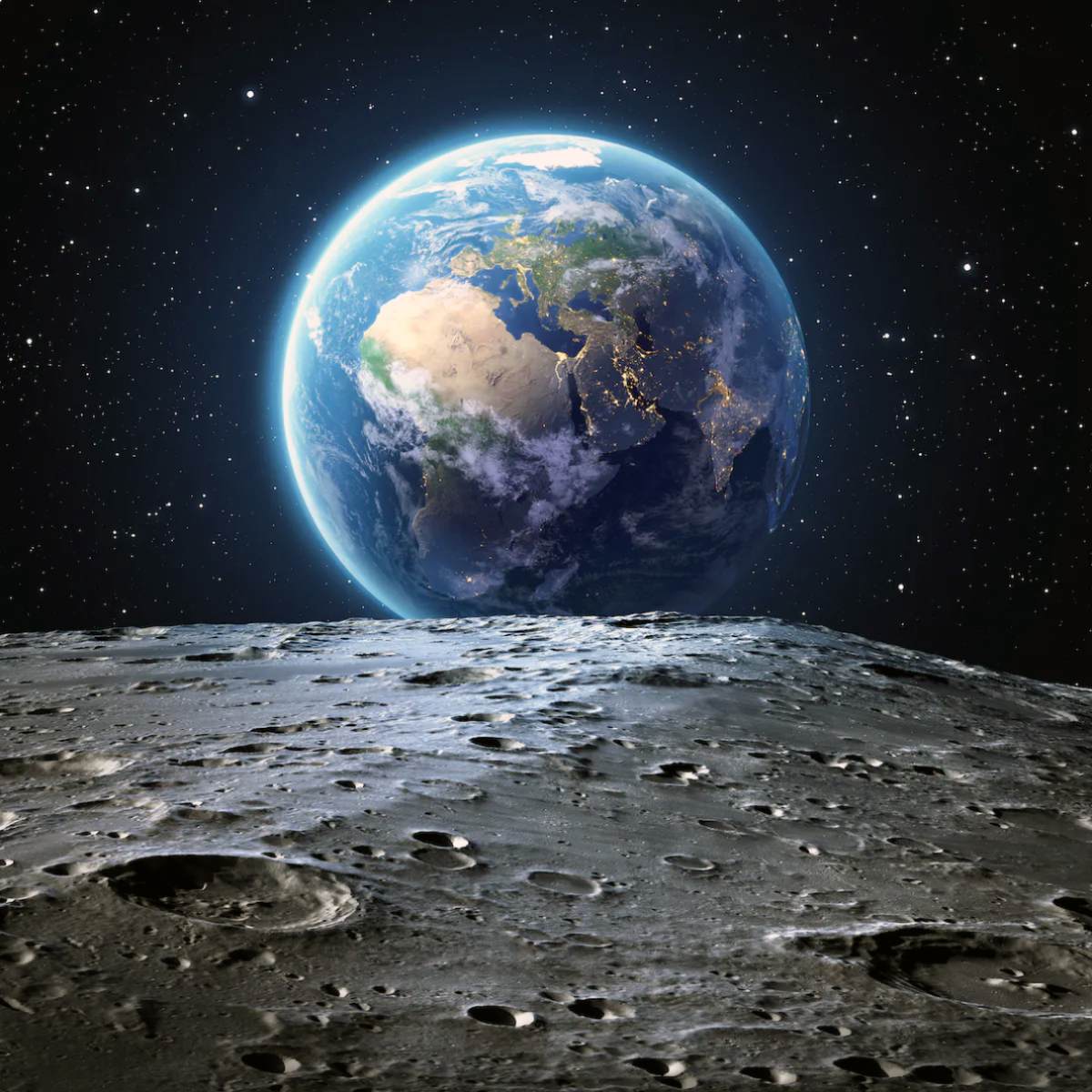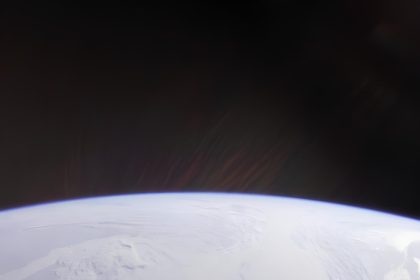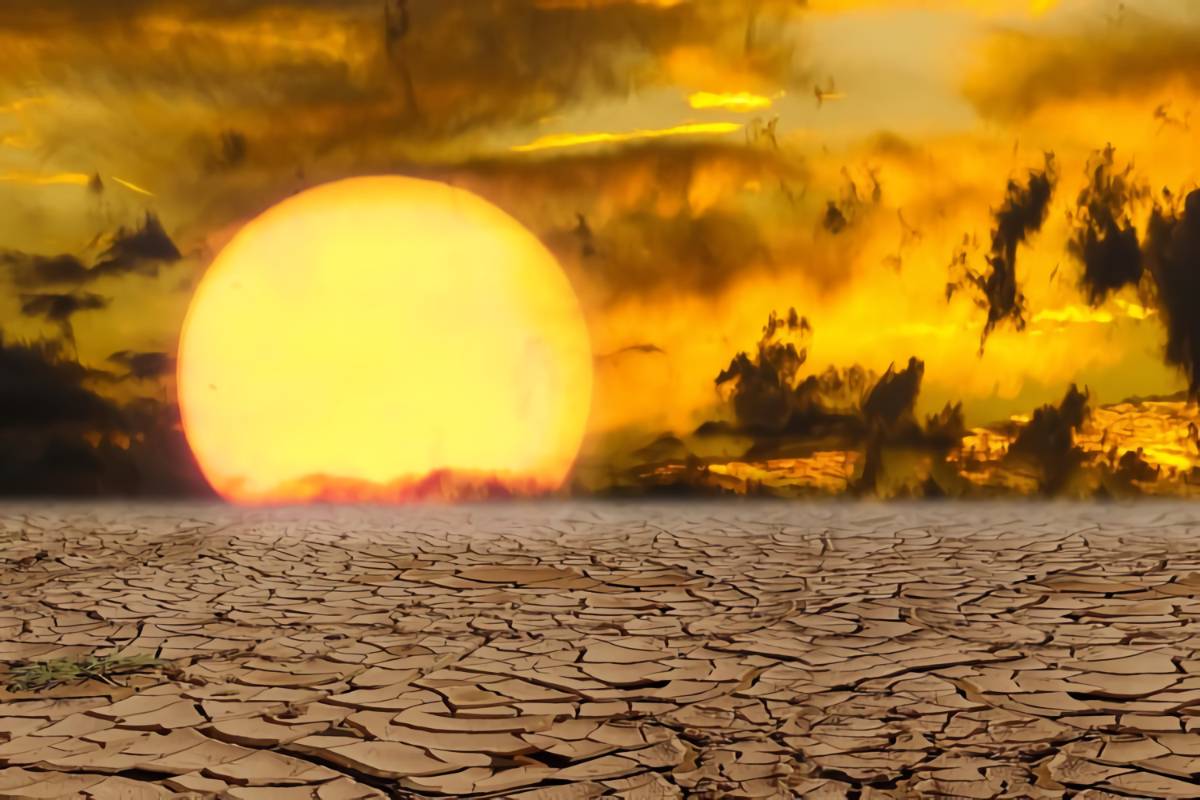It shines in the night sky and causes high and low tides. The Moon is a natural part of everyday life on Earth. But what would happen if the Earth did not have a satellite? What would our planet look like then? Would terrestrial life have arisen at all?
The Moon seems quite normal to us, but in the solar system it is the great exception. Because no other planet has a relatively large satellite, and no other moon was formed in such a catastrophic way. Moon has had a decisive impact on the history of our planet and many of its fundamental features. This raises the question of what Earth would look like without its companion.
Why the Moon is an exception in the solar system

Even if it seems natural and normal to us, Our Moon is unusual in many respects. Both its size and its formation make it special in the solar system.
But how does a moon come into being? For a long time, there were only two possible explanations. According to the first one, a moon can be formed in the early time of its planet from leftover dust and gas remains of the primordial cloud – similar to the rings of large gas planets. As this material orbits around the planet, the particles cluster together into ever larger chunks. This process of moon formation can be observed at Saturn, for example.
The second variant is the capture: Many moons in the solar system are minor planets or asteroids that have been steered out of their old orbits by their planet’s gravity and held in place. These include most small, irregular moons, but also large satellites such as Triton, the largest moon of Neptune.
But our Moon does not fit into either of these categories. Because it owes its formation to a catastrophic accident about 4.5 billion years ago. The Mars-sized protoplanet Theia collided with the young Earth and was destroyed. Also, the Earth could have evaporated to a large part thereby. From the debris cloud, the two-man team of Earth and the Moon were formed.
Exception among its neighbors
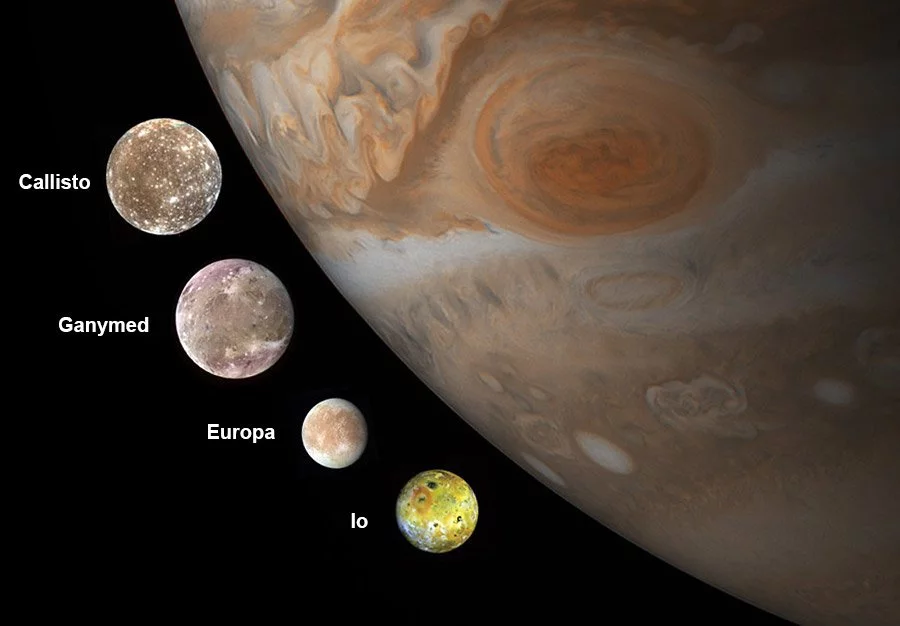
In the inner solar system, the Earth is thus an exception. Because among the terrestrial planets moons are rather scarce. Mercury and Venus have no satellites at all, and Mars is orbited by only two comparatively tiny moons: Phobos, which is only 20 kilometers across, and Daimos, which is not even 15 kilometers across. Therefore, planetary scientists assume that the Martian moons are probably either captured asteroids or perhaps remnants of a former ring.
It becomes clearly more luxuriant with the moons only further outside in the solar system. There the large gas planets Saturn and Jupiter compete for the largest court. After Jupiter had been in the lead for a long time with 79 moons, astronomers discovered twelve additional moons around Saturn in October 2019, making it the “king of the moons” with 82 satellites. In September 2020, however, the ringed planet had to cede this title again: Further moon discoveries on Jupiter suggested that the gas giant might even have hundreds of satellites.
What makes a satellite a Moon?
This raises the question: What makes a moon a Moon? And what distinguishes it from asteroids orbiting a planet? Surprisingly, there is no official definition of a moon yet. It is only specified that such a satellite must orbit a planet. But there is no minimum size, which some astronomers criticize: “At some point, you end up with mere ring particles, so a clear lower limit would be very useful,” says Edward Ashton of the University of British Columbia.
In theory, therefore, any chunk, no matter how small, can be declared a moon at the moment. Only then does it not get a name. The International Astronomical Union (IAU) only officially gives moon names to satellites with a diameter of more than one kilometer. So far, 240 such moons are known in the solar system. However, only 19 moons in the solar system are large enough to have assumed a uniformly round shape due to their own gravity. Moon is the fifth largest among them, with a diameter of 3,476 kilometers.
No other pair is so similar
The real special feature of our Moon, however, is not its absolute size but its size in relation to its planet. The Earth is only 3.7 times larger than its satellite; no other planet in the solar system is as large. Planetary scientists have determined by means of simulations that even in collisions similar to those of the early Earth, only in every 12th case does a Moon arise that large in relation to its planet.
Yet this is precisely what has decisively influenced the evolution of our planet.
When the lunar tides are absent

If it had not been for the primeval collision with the protoplanet Theia, the Earth probably would not have a Moon today. But what would be the consequences? It seems clear that there would be hardly any tides on many coasts. But this would have much more far-reaching consequences than only on ebb and flood.
Ebb and flow in everything
The Moon’s gravity exerts a tangible influence on our planet: Not only does it cause the water in the oceans to move in time with the tides, but ice masses, rocks, and even the atmosphere resonate with this rhythm. For example, the Earth’s crust rises and falls by up to 35 centimeters, and earthquakes also follow the tidal rhythm. The influence of the Moon’s gravitational pull on atmospheric pressure is even more subtle: because it rises slightly during a full Moon, the probability of raindrops is around one percent.
A few years ago, researchers also discovered that even a large inland glacier in Antarctica flows in time with the ebb and flow of the tide. “We have never seen anything like this before,” explained Hilmar Gudmundsson of the British Antarctic Survey. “The discovery that the cycle of spring and neap tides has such a strong influence on an ice flow dozens of kilometers away from the sea is a complete surprise.”
Without Moon, heat transport suffers
Without the Moon, all these movements wouldn’t exist – though we’d hardly notice most of them. Only at the sea would we be able to see it directly: “There would still be high and low tides, because the sun also has a tidal effect,” explains Kaare Aksnes of the University of Oslo. But the tidal range would only be about a third of what it is today.
Much more noticeable, however, would be the effect of the missing Moon on the climate. That’s because the tidal mountains that migrate around the Earth not only cause high and low tides – they also contribute to heat distribution on our planet. “The tidal currents of the oceans help transport heat from the equator to the poles,” explains Bruce Bills of NASA’s Jet Propulsion Laboratory.
True, the main work for this is done by the thermohaline circulation, which is driven by salinity and water temperature. But at least in some regions, the absence of tidal currents could lead to climate changes. Specifically, the gradient of temperatures and air pressure between the poles and the equator could increase. That, in turn, could lead to stronger winds and more extreme climate swings.
Every year, the Moon furthers its distance from Earth by around 1.5 inches (3.8 cm).
The day would be only half as long
But there is one consequence of the missing Moon that no one could overlook: Without the Moon, our days would be much shorter. Instead of 24 hours, a day would only last a good twelve hours—for us and for nature, this would be life in fast motion. The reason for this is the influence of the Moon on the rotation of our planet. When the young Earth was formed, it was still rotating much faster. But the Moon’s gravity and the tidal forces it generates exert a creeping but persistent braking effect. “We’re not talking about full braking here; this braking effect only accounts for about two seconds per 100,000 years,” Aksnes explains.
But it adds up: As recently as the time of the dinosaurs, about 70 million years ago, days were about 30 minutes shorter than they are today. And the slowing effect of the Moon on the Earth’s rotation continues: Current measurements show that day length is currently increasing by an average of 1.78 milliseconds per century. Without compensating effects, the Moon would even slow down the Earth by 2.03 milliseconds per century.
But what would be the consequences of a faster Earth rotation? For life on Earth, it would probably not be very dramatic if the Earth’s days were only half as long. This is because the internal clock of organisms adapts to such external timers. Our metabolism, our hormones, and our day-wake rhythm would also oscillate in a shorter rhythm on an Earth without a Moon.
Less benign, however, would be the effect of the faster rotation on the weather: if the Earth spins faster, then the possible wind speeds also increase. Thus, an Earth with shorter days could also be significantly stormier.
But there are lunar influences that are even more long-term and profound.
Wobbling axis
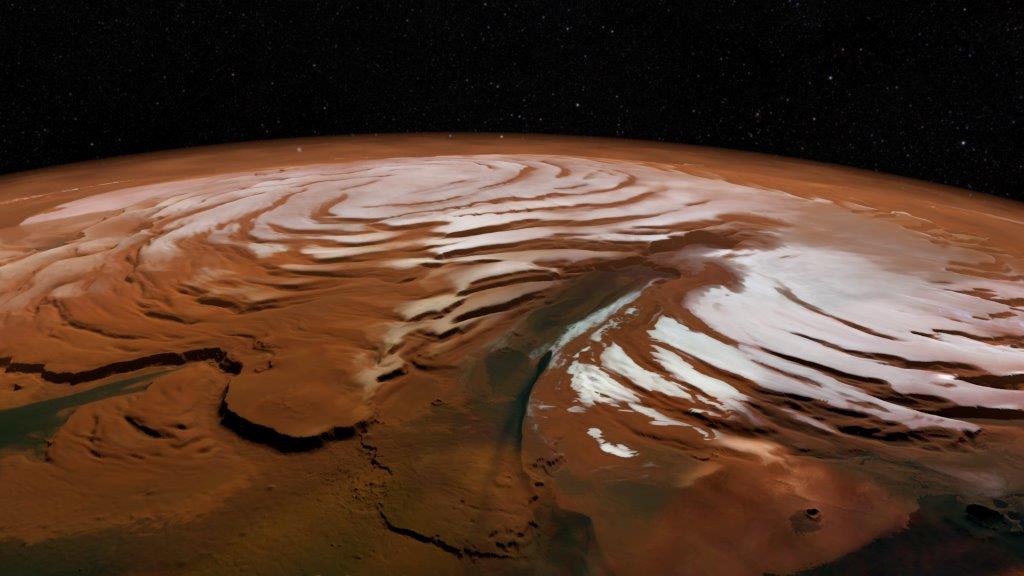
Without the Moon, our planet would be nowhere near as conducive to life. For it was the presence of the great satellite that stabilized Earth’s axis and thus its climate. The lunar magnetic field also protected the young Earth from the worst solar storms. If the Moon did not exist, the first cells and organisms could possibly have developed much later or even never.
What consequences a missing Moon has on the stability of a planet is demonstrated by Mars with its almost negligible mini-moons. The rotation axis of our neighboring planet changes its inclination much more strongly than that of the Earth, both in the short and long term. On the one hand, the Martian axis wobbles by about ten degrees over the course of several 100,000 years. The axis thus wobbles as if in serpentine lines around its mean inclination of 25 degrees against the ecliptic.
This relatively strong fluctuation has consequences for the Martian climate: Because the angle of the sun’s incidence changes periodically, the climate zones shift. On the ice caps of the Martian poles, these periodic fluctuations can be seen in the alternating views of ice and dust. They reflect warmer and cooler periods on the respective Martian hemispheres.
On Earth, the precession varies much less, by 1.5 degrees, because the gravitational pull of the large Moon dampens the wobbling of the Earth’s axis. Terje Wahl of the Norwegian Space Center compares this stabilizing effect to that of the hammer in a hammer thrower: “As long as he holds the hammer, he can rotate almost on a point,” Wahl said. “But as soon as he lets it go, he loses his balance and has to take several compensating steps to keep from falling.”
Mars, however, experienced even more drastic changes. It has been shown that the tilt of the rotation axis can flip from zero to 60 degrees in less than 50 million years. Without the Moon, Earth’s obliquity would also undergo such large and chaotic fluctuations, and that would have a strong influence on planetary climate. As a result, seasons and climate zones could shift dramatically, and at some times even regions at the equator would be icy.
Double protection by the lunar magnetic field

In the early days of the solar system, another positive effect of the Moon came into play: its magnetic field formed a protective shield for the young Earth. As researchers led by James Green of NASA recently discovered, the Earth’s satellite probably had a strong magnetic field until about 3.5 billion years ago. This was connected with that of the Earth, because the Moon was only one-third as far away from the Earth at that time as it is today.
For the young Earth this could have been crucial. Because the magnetic field of the Moon lent it additional protection against the violent eruptions of the still-young sun. “The Moon formed a substantial protective barrier for the Earth against the solar wind, and so may have been instrumental in helping the young Earth retain its atmosphere at that time,” Green explains. Without the atmosphere, life would likely never have evolved on Earth.
Did lunar tides make life possible in the first place?
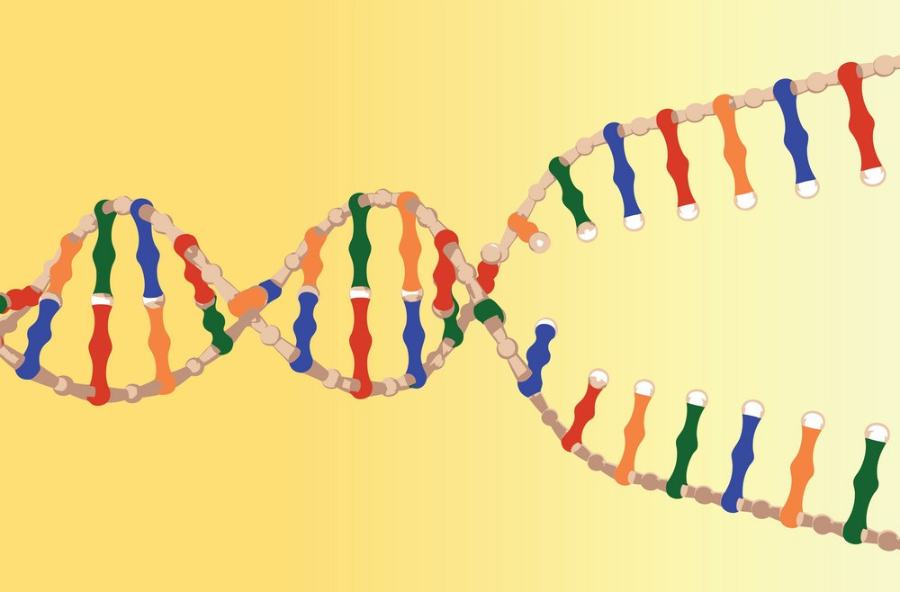
To this day, it remains a mystery how the first life once arose on our planet. There are also many hypotheses about where the first building blocks of life and cells came together, but no evidence. The range of possible cradles of life extends from the hydrothermal vents of the deep sea to hot pools to pores in solid rock.
All these “candidates” have one thing in common: they must offer conditions under which the hereditary molecules RNA or DNA come together from precursor molecules and do not immediately disintegrate again. This only happens if the concentration of the necessary building blocks—nucleic acids, phosphates, and sugars—is high enough. The open sea is therefore ruled out as a primordial soup, according to most researchers. More favorable are confined spaces where the building blocks accumulate and environmental conditions promote synthesis.
But there is a second hurdle: Probably no enzymes existed at the beginning of life that managed the copying and multiplication of the hereditary molecules. The RNA or DNA must therefore have been replicated without their help—but how? In the case of RNA, the solution could be so-called ribozymes, a variant of RNA molecules that can take over the functions of enzymes. That’s why some scientists think it’s likely that the first life forms encoded their genetic material with RNA rather than DNA.
But recent research suggests that DNA may also have been at the beginning of life – because there was the Moon and its tides. Only through them could both the linking of the four nucleic acids and the replication of the finished DNA strands have proceeded without the help of enzymes.
Lunar way out of the dead end
“Normally, non-enzymatic copying of DNA strands is a dead end,” explains Richard Lathe of the University of Edinburgh. This is because a second strand is formed by the addition of complementary bases to the first. Once this second strand is ready, however, it remains attached, blocking the space for another copy. If there are no external forces to separate the two DNA strands again, the process stops and so does replication.
At this point, the Moon comes into play: Because it was still far closer to the young Earth and it was spinning faster, the tides were stronger and faster than they are today. “As a result, tidal zones extended several hundred kilometers into the land,” Lathe explains. In these zones, water cover, salinity, and temperatures changed every few hours in rhythm with the ebb and flow of the tide. There were countless tidal pools that overflowed and washed out at high tide, but at low tide, they formed small, isolated basins in which salts and chemical molecules could accumulate.
Alternation of concentration and dilution
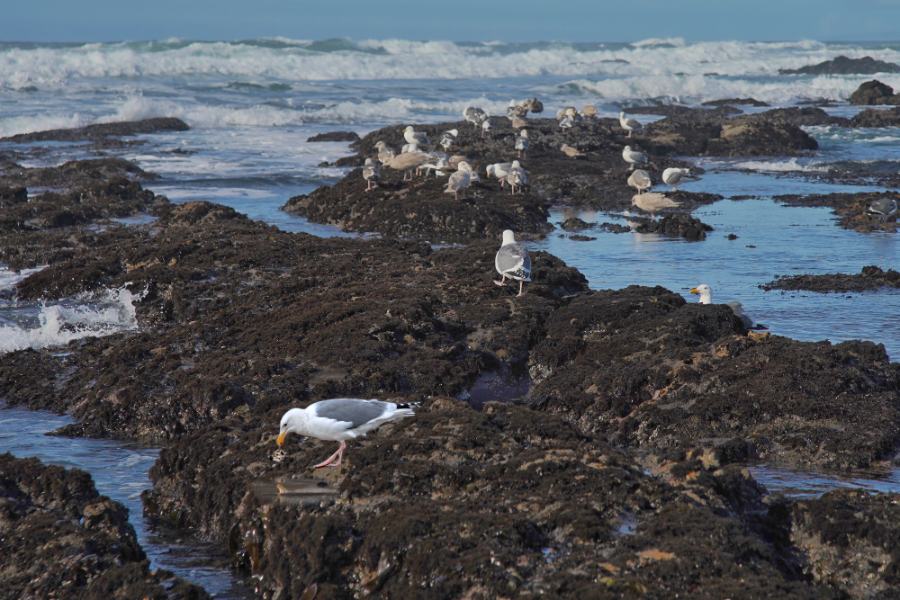
These tidal pools, Lathe believes, may have provided the ideal conditions for the replication of the first DNA molecules. When the intertidal zone went dry and the water in the pools became warmer and saltier, this promoted the attachment of new nucleic acids to the single-stranded DNA, which was copied. “With increased salt concentration, the repulsive charges of phosphates are neutralized and hydrogen bonds between strands are favored,” the biochemist explains.
Then, when the tide came in, it diluted the water in the ponds. As a result, the salt content dropped, which in turn destabilized the bonds between the two complementary strands. The DNA broke down into two individual strands and was thus ready for a new copying cycle. This periodic sequence may have set the stage for the first DNA life forms.
No Moon, no life?
At this point, Lahte’s scenario is not much more than a hypothesis among many. But regardless of whether RNA or DNA were at the beginning of life and how exactly they came about: Other scientists also think it likely that the first building blocks of life formed under changing conditions. And the most ubiquitous and reliable changes are produced by the tides caused by the Moon.
Conversely, this means that if the Earth did not have a Moon, this path to life would have been blocked, or at least much less likely. Then the terrestrial life of the world could look today perhaps completely differently – or it would never have developed.
Should this be confirmed, it would also have consequences for the search for extraterrestrial life. Because then all those celestial bodies would be the most promising candidates, since they are under the influence of tidal forces. This could be an exoplanet with a large satellite, but also a moon that is regularly “rolled through” by its much larger planet. One example is Jupiter’s moon Europa, which owes its subglacial ocean to Jupiter’s tidal forces.


